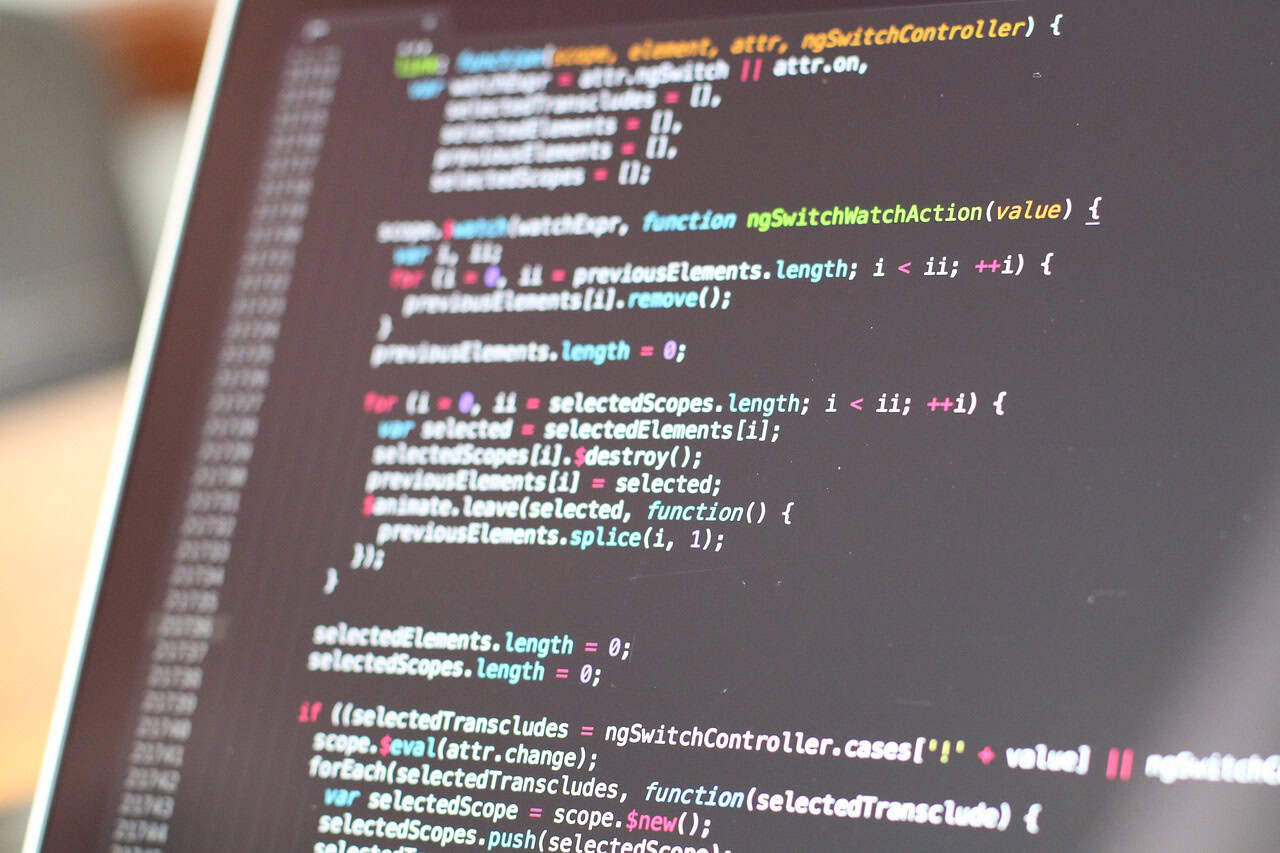Comprehensive Guide to Python Web Development
Python web development is becoming increasingly popular due to its versatility and powerful frameworks. With a simple syntax and robust ecosystem, Python is the go-to choice for creating dynamic websites and web applications. In this guide, we will explore the essential frameworks, libraries, and best practices needed to start your journey in Python web development.
What is Python Web Development?
Python web development refers to the process of using the Python programming language to create dynamic websites and web applications. This development leverages a variety of frameworks and libraries that simplify the process, allowing developers to focus on building scalable and efficient web solutions.
Why Use Python for Web Development?
- Ease of Learning: Python’s clear syntax makes it beginner-friendly.
- Robust Ecosystem: Libraries like Django, Flask, and Bottle streamline development.
- Scalability: Frameworks such as Django are suitable for both small and large projects.
- Security: Python frameworks often include built-in security features.
How to Use Python for Web Development
1. Install Python
To get started with Python web development, install Python from the official Python website.
2. Choose a Web Framework
- Django: A high-level framework that promotes rapid development and clean design.
- Flask: A lightweight framework perfect for small to medium-sized applications.
- Bottle: A minimalist framework focused on simplicity and ease of use.
3. Set Up a Development Environment
Create a project folder and setup a virtual environment to manage dependencies. Use virtualenv or the built-in venv module:
$ python -m venv myprojectenv
$ source myprojectenv/bin/activate
Top Python Web Development Frameworks
Django
- Key Features: Integrated ORM, authentication, and templating.
- Strengths: Encourages DRY principles and has excellent documentation.
Tornado
Key Features: Asynchronous processing and built-in WebSocket support.
Web2py
Key Features: Integrated environment and user-friendly interface.
Best Practices for Python Web Development
- Use version control systems like Git to manage your project.
- Write tests to ensure reliable and maintainable code.
- Optimize application performance through efficient database queries and caching.
- Explore online resources and communities to enhance your skills.
Example Project: Building a Web Application with Flask
1. Install Flask
Run the following command to install Flask:
$ pip install flask2. Create a Basic Application
Create a file named app.py with the following code:
from flask import Flask
app = Flask(__name__)
@app.route('/')
def home():
return 'Hello, World!'
if __name__ == '__main__':
app.run(debug=True)
3. Run the Application
$ python app.pyConclusion
Mastering Python web development opens a world of opportunities for building dynamic and powerful applications. Choosing the right framework, following best practices, and utilizing available resources will enhance your development experience. To further explore this topic, check out these resources:
Projects and Applications in Python Web Development
Key Projects
- Personal Portfolio Website: Create a personal portfolio to showcase your skills and projects using Flask or Django, utilizing templates and CSS for styling.
- Blog Application: Build a blogging platform where users can register, log in, create, and edit posts. This project can help explore user authentication and CRUD operations.
- RESTful API Service: Design an API using Flask or Django REST Framework to serve as a backend for a mobile app, managing data transmission through JSON.
- Social Media Dashboard: Develop a dashboard that aggregates social media feeds, allowing users to view and post updates. This can utilize API integrations from platforms like Twitter or Instagram.
Python Code Examples
Example: Personal Portfolio Website
from flask import Flask, render_template
app = Flask(__name__)
@app.route('/')
def home():
return render_template('index.html') # index.html contains your portfolio layout
if __name__ == '__main__':
app.run(debug=True)
Example: Blog Application with Django
# In models.py
from django.db import models
class Post(models.Model):
title = models.CharField(max_length=200)
content = models.TextField()
created_at = models.DateTimeField(auto_now_add=True)
# In views.py
from django.shortcuts import render
from .models import Post
def blog_post_list(request):
posts = Post.objects.all()
return render(request, 'blog/post_list.html', {'posts': posts})
Example: RESTful API Service with Flask
from flask import Flask, jsonify, request
app = Flask(__name__)
posts = []
@app.route('/api/posts', methods=['GET', 'POST'])
def handle_posts():
if request.method == 'POST':
post = request.json
posts.append(post)
return jsonify(post), 201
return jsonify(posts)
if __name__ == '__main__':
app.run(debug=True)
Real-World Applications
Python web development has numerous real-world applications. For instance, e-commerce platforms often utilize frameworks like Django to manage product listings, shopping carts, and payments, ensuring security and scalability.
Additionally, news websites leverage Python’s capabilities for content management systems, allowing for easy updates and user interactions. Moreover, API integrations facilitate data exchange between different services, making Python a popular choice for developing microservices in cloud environments.
Furthermore, educational platforms benefit from custom-built web applications that facilitate learning, tracking progress, and managing users effectively using Python web frameworks.
Next Steps
Now that you’ve gained a solid understanding of Python web development and explored essential frameworks, it’s time to put your knowledge into action. Start by working on a small project using Flask or Django to apply what you’ve learned. If you’re looking for inspiration, check out some project ideas that utilize these frameworks.
To further enhance your skills, consider diving into additional resources like this web development guide in Python, which offers practical insights and tips for building web applications. Additionally, joining Python development communities can provide support and networking opportunities as you continue your learning journey.
Finally, keep refining your skills by regularly reading our latest articles on best practices and innovative techniques in Python web development. Your journey to becoming a proficient Python developer is just beginning!
